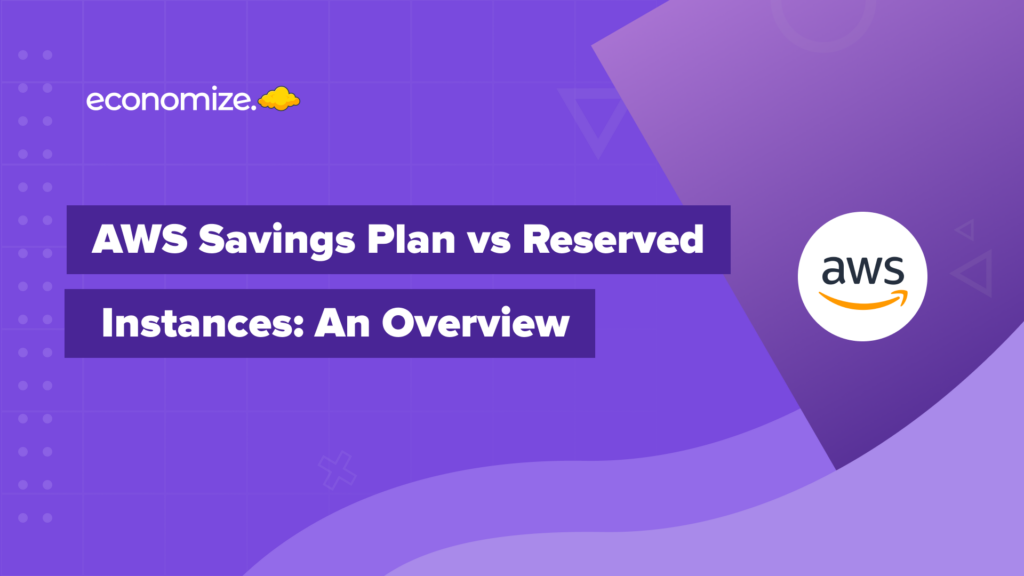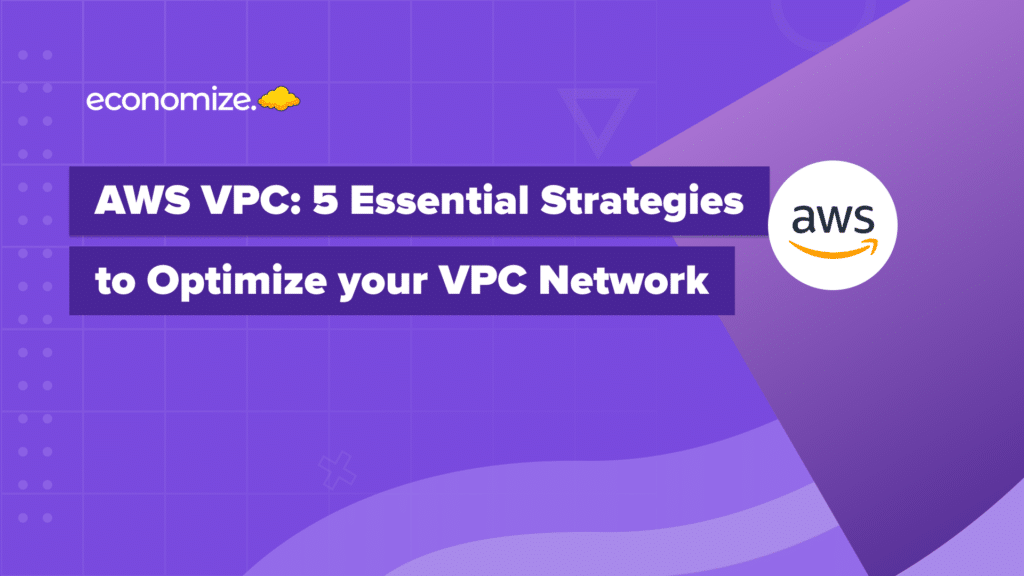Performance tuning in AWS S3 is a critical aspect that enterprises need to address to ensure that their cloud storage operates efficiently and effectively.
S3, known for its scalability and reliability, often faces challenges regarding latency, which can impede the swift access and processing of data. Optimizing performance is essential to mitigate these delays, enhance data retrieval times, and ultimately, improve user experience and satisfaction.
In this article, we will delve into understanding latency within AWS S3 and explore its impact on operations. Read about the three performance tuning methods that aim to resolve latency issues.
Understanding Latency in AWS S3
Latency, in the context AWS S3, refers to the time delay experienced when interacting with the storage service. It signifies the duration between initiating a request, such as data retrieval (GET request), and the completion of the request.
Data transfer over the internet, especially across significant geographical distances, is often confronted with the challenge of latency. Latency refers to the delay that occurs during the transmission of data from the sender to the receiver. When dealing with global data transfers, it is heightened due to the increased distance that data packets have to traverse, often leading to slower upload and download speeds.

Source: AWS NEAR Case Study
Latency due to Geographic Distance
Picture a leading financial institution based in New York executing high-frequency trades, which relies on real-time data feeds from its partner firm in Tokyo. Any delay, even just a few seconds, in data transmission can have significant financial implications, affecting decision-making and potentially leading to missed market opportunities.
Importance of Latency Optimization and Reduction
Applications, from data lake queries scanning billions of objects to latency-sensitive social media messaging applications, each interact uniquely with S3, and thus, each experiences latency differently.
Optimizing latency is indispensable in managing a business’s cloud operations, as it holds a substantial influence over application performance, operational efficiency, and overall user satisfaction.
High latency becomes a bottleneck, impeding the swift and seamless flow of data, and thus, affecting the responsiveness of applications hosted on AWS, including those utilizing services such as Amazon S3, AWS Lambda, and Amazon RDS
Case Studies and Examples
Consider an e-commerce platform that employs AWS services broadly: s3-glacier-instantretrieval instances for storing product images and videos, Lambda for serverless computing, and RDS for managing a database of customer information and product inventories.
- Excessive latency in this scenario could slow down website load times, affecting user experience directly.
- Delays in loading product images from S3 could cause customer dissatisfaction and lead to potential loss of sales and revenue.
By prioritizing the optimization of latency through performance tuning strategies, businesses can substantially mitigate these risks, ensuring that applications run smoothly, data is retrieved promptly, and user experiences are enhanced.
3 Best Ways to Reduce AWS S3 Latency
In this section, we delve into three potent strategies aimed at reducing latency within AWS S3.
1. Using Amazon S3 Transfer Acceleration to Minimize Latency Caused by Distance
S3 Transfer Acceleration utilizes Amazon CloudFront’s globally distributed network of edge locations. When a file is uploaded, it first reaches an edge location that is geographically closer to the uploader, minimizing the latency ordinarily encountered in long-haul internet transfers.
Data arriving at an edge location is strategically routed to Amazon S3 over an optimized network path. This meticulous routing results in a pronounced improvement in speed, especially when the data is being transferred over considerable distances away from an S3 Region.

Source: AWS
The optimization is particularly notable when the data transfer occurs over considerable distances. The farther away the data is from an Amazon S3 Region, the more pronounced the improvement in speed and efficiency when using S3 Transfer Acceleration.
When to use S3 Transferred Acceleration?
- Cross-Continental Data Transfers: If your application frequently transmits data over vast geographical expanses or between continents, utilizing AWS S3 Transfer Acceleration can significantly minimize latency and bolster transfer speeds.
- Robust Internet Connectivity: Applications with access to strong, high-speed internet connections stand to benefit remarkably from the Transfer Acceleration Service, leveraging enhanced connectivity for optimized data transfers.
- Abundant Content Upload Requirements: In cases where there is a necessity to upload considerable volumes of content, AWS S3 Transfer Acceleration proves instrumental by boosting efficiency.
Tools to measure latency
Amazon provides an S3 Transfer Acceleration Speed Comparison tool that enables users to compare between accelerated and non-accelerated upload speeds across S3 Regions. It uses multipart uploads to transfer your files using the two methods and simulates actual workloads in an AWS environment.
2. Caching Frequently Accessed Content with CloudFront
Caching involves storing a “working set” of data that is recurrently requested by users. This concept is pivotal for workloads that continuously send GET requests for a common set of objects. Implementing a successful caching strategy leads to reduced latency and heightened data transfer rates, streamlining the user experience by providing rapid access to frequently sought content.

Source: AWS
Amazon CloudFront operates as a fast Content Delivery Network (CDN), specializing in the transparent caching of data from Amazon S3 across an extensive network of geographically dispersed Points of Presence (PoPs).
- CloudFront’s architecture is meticulously crafted to ensure that data is cached proximate to the users who necessitate access to these objects.
- When data is intended for access from various regions or over the internet, CloudFront optimizes the delivery process, ensuring that content is accessible with minimized latency and maximized reliability and efficiency.
To get further information, users can visit out our detailed guide for optimizing AWS CloudFront Costs.
3. Using the Latest Version of AWS SDKs for Enhanced S3 Performance
AWS SDKs act as a conduit, facilitating seamless interaction between applications and AWS services like Amazon S3. They encapsulate a myriad of recommended guidelines and best practices essential for bolstering the performance of Amazon S3, providing an integrated support system that enhances the user experience and application functionality.
Features for S3 Performance Optimization
- Built-in Support and Simplified APIs: AWS SDKs, with their intrinsic built-in support, offer simplified APIs, enabling a more intuitive and efficient utilization of Amazon S3 within applications.
- Automatic Retries and Adaptability: Equipped with logic that enables them to automatically retry requests encountering HTTP 503 errors, the SDKs demonstrate a remarkable adaptability to various network conditions, including slow connections.
- Transfer Manager: A crucial feature embodied within the SDKs is the Transfer Manager. It fosters the automation of horizontal scaling of connections, facilitating the handling of thousands of requests per second. This feature skillfully leverages byte-range requests when suitable, enhancing the scalability and performance of data transfers.
The Importance of Using Updated SDKs
Regularly updating the SDKs is a non-negotiable best practice. Using the most recent versions ensures access to the latest features and optimizations, driving improved performance and reliability in interactions with Amazon S3.
Performance Optimization through HTTP REST API Requests
Besides the SDKs, performance optimization can also be achieved when employing HTTP REST API requests. In navigating the landscape of the REST API, it’s advisable to embrace the best practices ingrained in the SDKs such as allowing for timeouts, retries on slow requests, and multiple connections facilitating the parallel fetching of object data.
Conclusion
Fundamental causes of latency in S3 include geographical distances and the intricate complexities of data transfer over the internet.
To optimize latency, strategies such as employing Amazon S3 Transfer Acceleration, caching content using Amazon CloudFront, and leveraging the latest versions of AWS SDKs prove instrumental.
These methods collectively enhance data retrieval speeds, improve user experience, and promote operational efficiency by reducing delays, optimizing data pathways, and ensuring the timely and accurate delivery of data, ensuring that AWS S3 functions at the pinnacle of performance and reliability.
Looking to save on AWS costs?
As cloud resources become increasingly integral to business operations, ensuring fiscal discipline through effective AWS budgeting will only grow in importance. If your organization is facing high AWS expenditure, book a free demo with Economize today and see how we can help you save up to 30% costs within 10 minutes.








